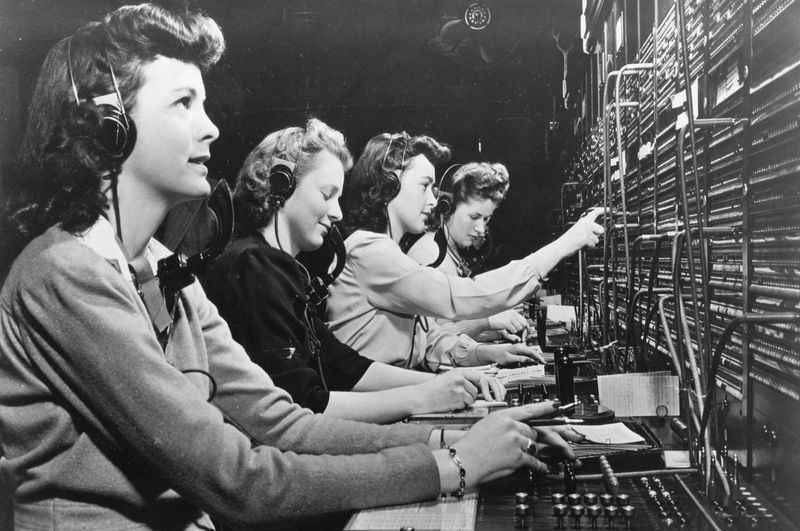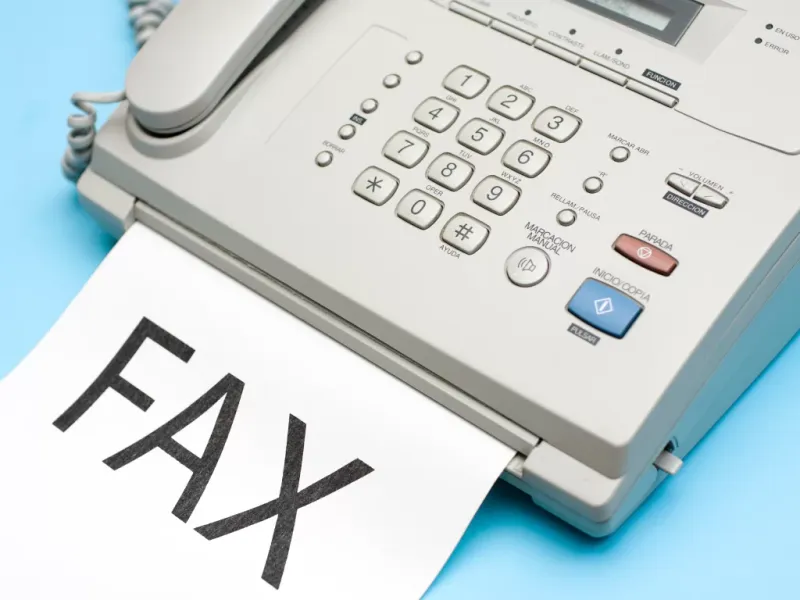In the ever-evolving landscape of the modern workforce, certain job skills that were once considered indispensable have now become obsolete. Advancements in technology, changes in industry demands, and shifts in work culture have rendered these skills redundant. This article explores ten such skills, providing insights into why they are no longer relevant and what alternatives have taken their place. As we adapt to new ways of working, it’s crucial to recognize which skills need updating to remain competitive in today’s job market.
1. Typing on Typewriters

The art of typing on typewriters, a skill once essential for clerks and secretaries, has become obsolete with the advent of computers and digital word processors. Typewriters, once a symbol of efficiency, now sit in museums or antique shops. Younger generations may never have seen a typewriter in action, let alone typed on one. Today, proficiency in using word processing software is what’s needed. This transition reflects a broader shift towards digital literacy, emphasizing speed and accuracy in a computer-based environment, a far cry from the mechanical clatter of typewriter keys.
2. Manual Bookkeeping

Manual bookkeeping, once a staple of financial record-keeping, has been replaced by digital accounting tools. These software solutions offer increased accuracy, efficiency, and ease of access to financial data. Accountants today rely on platforms like QuickBooks or Xero, which automate many tasks and minimize human error. This digital transformation allows for real-time data analysis and integrated financial reporting, skills that are now more valued in the industry. Manual record-keeping, with its potential for error and time consumption, no longer meets the demands of modern business environments.
3. Switchboard Operation

Switchboard operation was once a critical job skill in telecommunications, requiring operators to manually connect phone calls. With the advent of automated systems and mobile technology, this skill has become redundant. Today’s communication infrastructure relies on digital networks that manage connections effortlessly. As smartphones and VoIP systems dominate the market, the need for manual call routing has vanished. This evolution underscores the technological advancements that have reshaped personal and professional communication, making old-fashioned switchboards a thing of the past.
4. Film Photography Development

The skill of developing film photography, once cherished by photographers, has been largely replaced by digital photography. Digital cameras and editing software offer a level of convenience and flexibility that film cannot match. While some enthusiasts still appreciate the artistry involved in film development, the industry has shifted towards digital. This change emphasizes the growing importance of digital editing skills and technological proficiency in capturing and processing images. The darkroom, once a creative sanctuary, is now rarely used outside of niche artistic circles.
5. Stenography

Stenography, the practice of transcribing spoken words quickly using shorthand, has seen its relevance decline with digital recording technologies. Courtrooms and conferences now utilize audio and video recording systems for accurate documentation. This shift reduces reliance on human transcription, allowing for more precise and retrievable records. As digital tools streamline the documentation process, the need for stenographic skills has diminished. Modern transcribers adapt by learning software that assists in converting speech to text, reflecting the ongoing digital integration in professional settings.
6. Filing and Paper Management

The meticulous skill of managing physical files has been overtaken by digital document management systems. Physical filing cabinets have given way to cloud storage solutions and file-sharing platforms. This transition allows for easier access, organization, and retrieval of documents. Companies now prioritize digital literacy skills, such as using software for document management and archiving. The streamlined, paperless approach not only saves space but also enhances efficiency, as employees can quickly find the information they need without sifting through stacks of paper.
7. Traditional Proofreading

Traditional proofreading, involving meticulous manual reading of printed texts for errors, has been largely supplanted by automated tools. Software like Grammarly and spell-check features in word processors offer instant error detection and suggestions. While human oversight remains important, the initial layers of proofreading are now handled more efficiently by machines. This development highlights a shift towards digital tools that enhance productivity and accuracy. Understanding these tools is now more critical than mastering the time-consuming manual techniques of yesteryears.
8. Operating Fax Machines

The once-essential skill of operating fax machines has diminished with advancements in communication technology. Email and cloud-based file sharing have replaced the need for faxing documents. These modern methods offer faster, more reliable, and secure ways to transmit information. While some industries maintain fax usage for specific purposes, the general trend moves towards digital communication solutions. Understanding electronic document handling and cybersecurity are now far more pertinent skills, reflecting the ongoing evolution in office communication practices.
9. Using Slide Projectors

The skill of using slide projectors, once vital for presentations, has become largely obsolete with digital presentation tools. Platforms like PowerPoint and Google Slides allow for dynamic and engaging presentations that are easier to create and share. The convenience and versatility of digital projectors further contribute to this shift. Mastering software for digital presentations is now an essential skill, as it enables more interactive and visually appealing content. The old slide projectors, with their carousel trays and bulbs, have largely faded from memory.



